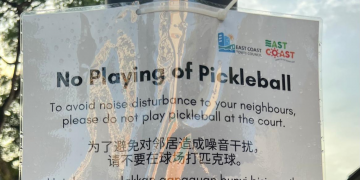COVID-19 was a game-changer for the fitness industry. In the face of the global pandemic, residents in Singapore started paying closer attention to their health. Staying at home meant more time to focus on living and eating habits, which encouraged many to pursue healthier lifestyles and to kickstart exercise regimes. But exactly how long will the fitness trend last? TheHomeGround Asia speaks to Tushar Vashisht, co-founder and CEO of HealthifyMe, about the app he and his team created in 2012, and the survivability of health and fitness trends in a post-circuit breaker world.
In April last year, when Singapore’s version of a lockdown (called ‘circuit breaker’) kicked in, an emphasis on boosting one’s immunity to fight against the pandemic encouraged many to join the fitness wave. The closing of gyms and restrictions to exercising in public areas prompted many residents to turn to online classes and fitness applications.
According to this report, fitness apps grew by nearly 50 percent in the first half of 2020 worldwide. India saw the highest increase in downloads, 156 per cent, which translates to 58 million new active users. In Asia Pacific, there was a 47 per cent increase in installs, the third highest growth.
A consumer health mobile application by Indian startup HealthifyMe, is one of several fitness app businesses that have seen exponential growth during the Covid-19 outbreak. Created in 2012, it currently has a user base of 20 million and over 400,000 paying subscribers. The app has also recorded more than 10 million downloads in the Google Play store.
Co-founder and CEO Tushar Vashisht says that much of the growth was driven by the app’s artificial intelligence health plans, which have performed especially well during Covid-19, as people were looking for ways to exercise and keep healthy while stuck at home.
More specifically for its Singapore and Malaysian markets, Mr Vashisht says, “We launched 1.5 years ago and have developed a database of 10,000 local foods that are commonly consumed in both countries. Currently, we have 500,000 users in Singapore and Malaysia.”
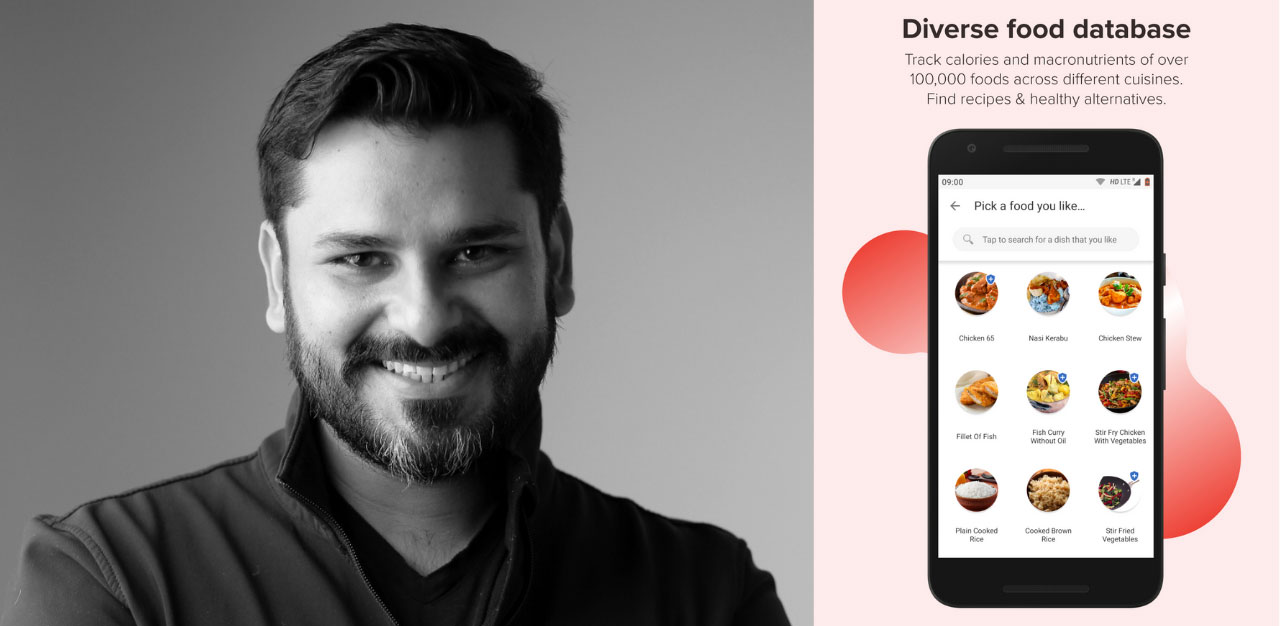
His weight-loss journey
In 2010, Mr Vashisht returned to India from his job as a corporate finance analyst in Singapore. Having gained some weight while working overseas, he found it hard to lose the extra pounds while switching to an Indian diet.
Upon deeper research, he realised that he was not alone on this weight loss journey, due to a lack of a nutritional database of the calorie values of Indian foods in the market.
“Obesity is a problem in many developing and developed nations, including India and Southeast Asia, where we have seen an increase in obesity levels over time. Between 2005 and 2015, India doubled its urban obesity levels from 14 per cent to 29 per cent,” points out Mr Vashisht.
A second reason for developing the app, Mr Vashisht explains, was due to a poverty experiment he set up in 2011: “I had the privilege of living a relatively comfortable life so I wanted to appreciate and understand the constraints and choices of an average Indian. I embarked on a poverty experiment to personally experience what it is like to live on 100 rupees (US$1.37) a day, followed by living on the poverty line of 32 rupees (US$0.44) a day for one month.”
The experiments motivated him to understand the nutritional component of Indian foods and with greater knowledge on what an average Indian and a impoverished Indian consumed daily, he started compiling a database of foods and their calorie values, which evolved into a website, and eventually inspired the HealthifyMe app.
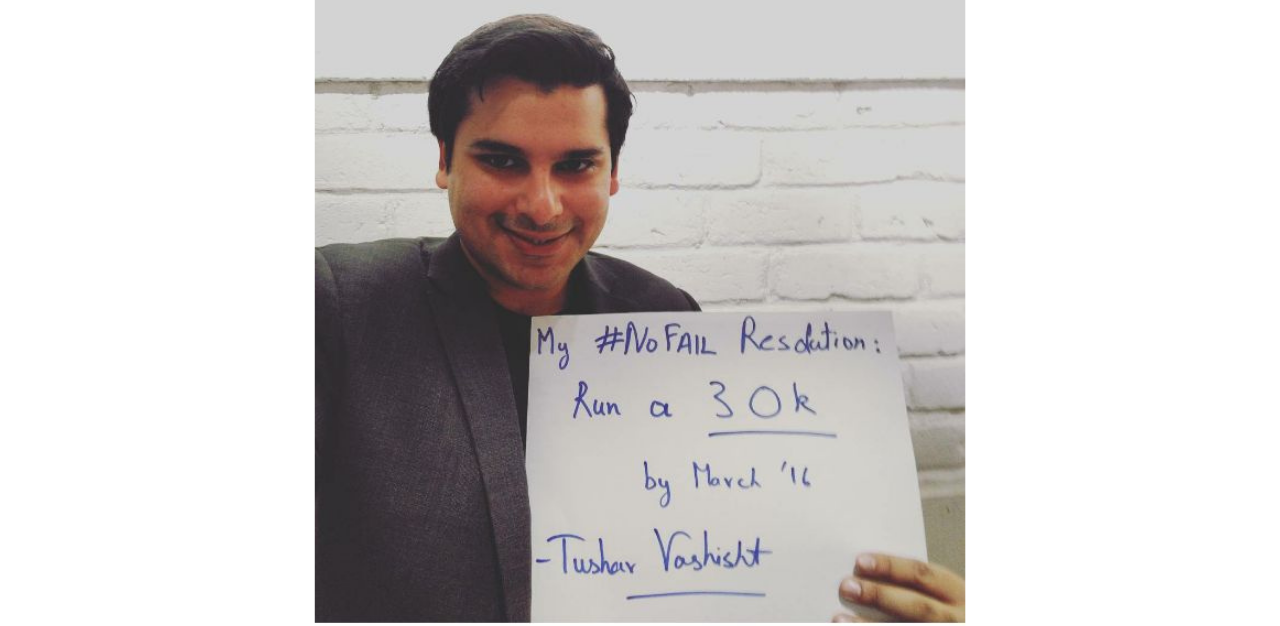
From humble beginnings to a adding new features
The success of HealthifyMe however, did not come easily. At a Microsoft accelerator programme, Mr Vashisht met Sachin Shenoy, his co-founder and HealthifyMe’s Chief Technology Officer, just when the latter was looking to embark on his startup journey.
With his technological experience, Mr Sachin played a vital role in building the technical aspects of the app. With three of their first hires being interns, the team soon onboarded another engineer to code and develop the application and the first version of the platform was developed in 17 days and then refined over time.
The initial days were tough, he says. HealthifyMe was launched as a free app to help people track their calories, but to create a viable business model, the team had to explore ways to monetise the platform, while continuing to develop the app and to gain users. Before it had found a viable way to to do so, it ran out of money and had no funds to pay its employees.
When asked what sets HealthifyMe apart from other apps, Mr Vashisht explains that the aim for HealthifyMe was to be an all-inclusive fitness and nutrition app.
“As we expanded our business beyond India, we found that in Singapore, the fitness app market is largely dominated by fitness trackers, while in Malaysia, healthcare apps that offer diet tips and personalised workout plans are popular with consumers,” he explains. “We also noticed there were very few apps with holistic all-inclusive offerings in both markets, and so we came up with the idea of adding more features.”
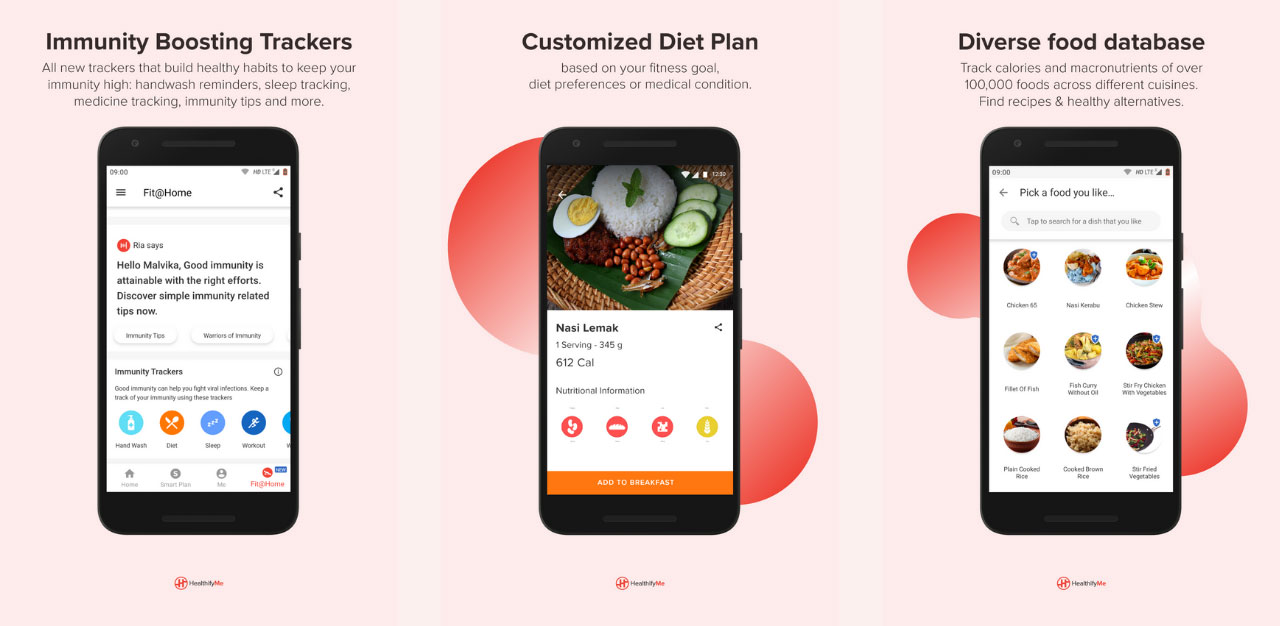
Apart from the usual diet and exercise trackers, the current version of HealthifyMe has immunity trackers that remind the user to wash their hands and track their sleep and medicine intake. Fitness trainers and nutritionists were also included as part of a subscription service, and the turning point came in late 2017 when the HealthifyMe team introduced Ria, an AI nutritionist to support the platform’s coaches, by giving feedback based on user data on the platform.
“Ria complements the work of our existing coaches by helping them provide users with advice on the right diet and exercise plans, reviewing their progress and providing continuous feedback,” notes Mr Vashisht.
The positive response received from users prompted the HealthifyMe team to launch Ria as a separate feature, creating artificial intelligence-driven health plans, or Smart Plans, that are entirely powered by Ria.
A surge in business due to lockdown
Since India, Singapore and Malaysia implemented various lockdown measures to limit the spread of Covid-19 around April last year, Mr Vashisht reveals that there has been a 30 per cent organic surge in user traffic, engagement and retention. User engagement increased from five sessions per week pre-Covid to 7.5 sessions a week. The number of foods that people tracked on the HealthifyMe app increased from between 40 and 50 times per month pre-Covid, to over 70 times a month.
To capitalise on the growth, the HealthifyMe team recently added HealthifyMe Studios, a feature that offers personalised home workouts with the help of a coach, to cater to changing lifestyle trends during Covid-19. The feature was well-received and Mr Vashisht reveals that they are looking to hire more coaches.
Over the last few months, HealthifyMe has seen strong business growth and user engagement. In January, the company crossed US$25 million in annualised revenue run rate (ARR), 25 per cent higher than what it had projected in the previous quarter. It is on track to surpass an ARR of US$50 million in the next 12 months and is looking to achieve a US$400 million annual run rate by March 2025.

VaccinateMe
Returning to its initial intentions to help users in India, HealthifyMe recently launched a new platform called VaccinateMe, available on the HealthifyMe app and website. Registered users can receive WhatsApp, SMS, and e-mail notifications to inform them when vaccination slots become available near them in real-time, hence fast-tracking the mass inoculation drive in the South Asian republic and encouraging people to get vaccinated.
While there are no current plans to expand this initiative to other countries, Mr Vashisht is open to the idea: “We are always looking for opportunities to add more features and filters to improve the user experience and provide value to our users. We welcome partnerships to expand our offerings to users in other markets,” he says.
Even as life in countries like Singapore returns to varying levels of normalcy, Mr Vashisht believes that the health and fitness trend is here to stay: “We are still fighting Covid-19 so I do think that the healthy trend is not a phase. Rather, people have been increasingly health-conscious and adopting healthy habits is something that people will continue to include in their lifestyles going forward.”
Healthifying myself: A review of the app
To have a clearer idea of how the app works, I tried out a basic version of the app for two weeks. When it comes to fitness, I am someone who drinks a lot of water, eats sensibly, and hopes for the best. I have never been the athletic type, and keeping to an exercise routine is something I have always found very difficult.
The closest I ever came to using a fitness app before HealthifyMe was Samsung Health, and only as a step counter, which made sure I walked at least 10,000 steps a day. The idea of an app counting every calorie intake and every number that shows up on the weighing scale felt daunting, and I was reluctant to start using a fitness app. But right off the bat, the HealthifyMe app was simple to use and approachable. The app took into account my weight and height, the amount of weight I hoped to lose, as well as my preferred forms of exercise and
With this, the HealthifyMe app came up with the desired calorie intake, and a target amount of daily exercise I had to hit daily. I found the goals set by the app were fairly achievable, and I managed to keep to the diet without feeling hungry. Rather than an idealistic three meals per day, the app divides the user’s daily calorie intake to include snacks in between meals that keep you going throughout the day.
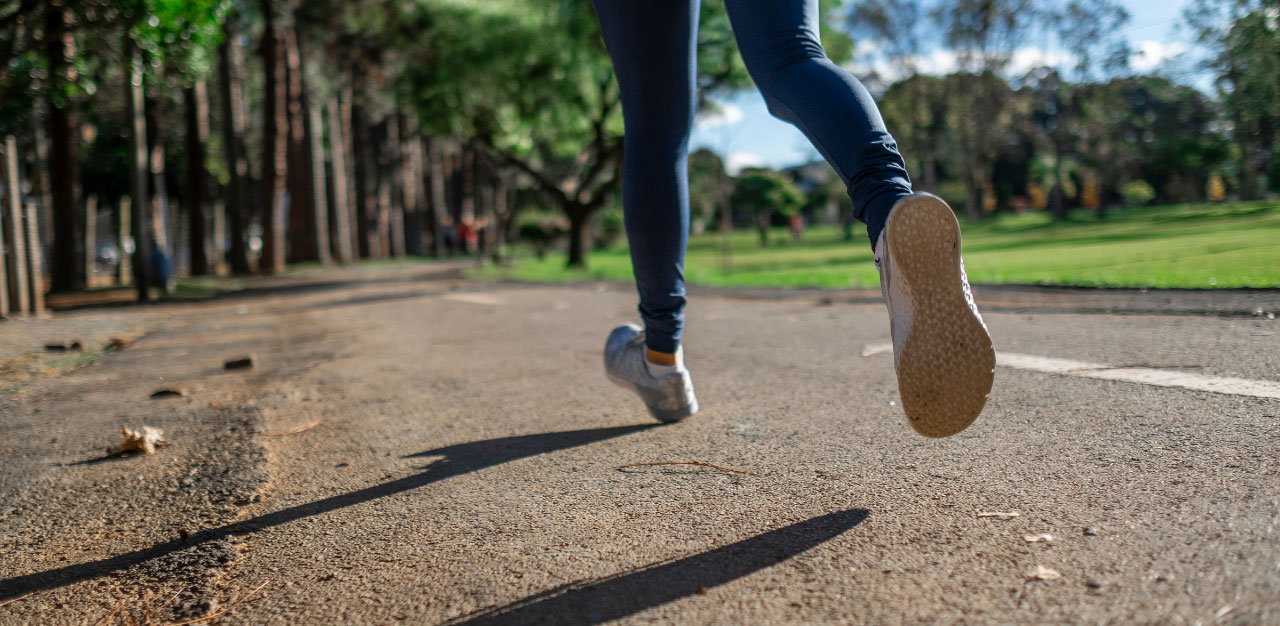
Mr Vashisht’s initial motivations in focusing on nutrition are evident, through a feature that allows users to save recipes that they cook and consume as part of their diet. You can also break down recipes into ingredients and measurements, to calculate the right calorie intake before saving it for future use. This customisable function is easy to use, and makes the diet tracker more personal, accurate and convenient.
Initially, I expected my diet to be the deciding factor of my weight loss. But after spending the first four days only updating the food I ate and keeping to the calorie limit, I realised that without any physical activity, it would not be possible for me to hit my fitness goal. And just as the HealthifyMe team predicted, the app held me accountable for my own health. For the first time in six years, I went for a proper run, and have been trying to do so once a week, ever since. I was pleasantly surprised to discover that I could connect the HealthifyMe app to Samsung Health’s step tracker. Other step tracking apps, such as Fitbit’s pedometer are also compatible.
For anyone who is looking to dedicate themselves to long-term fitness and health goals, perhaps HealthifyMe is a good place to start.



